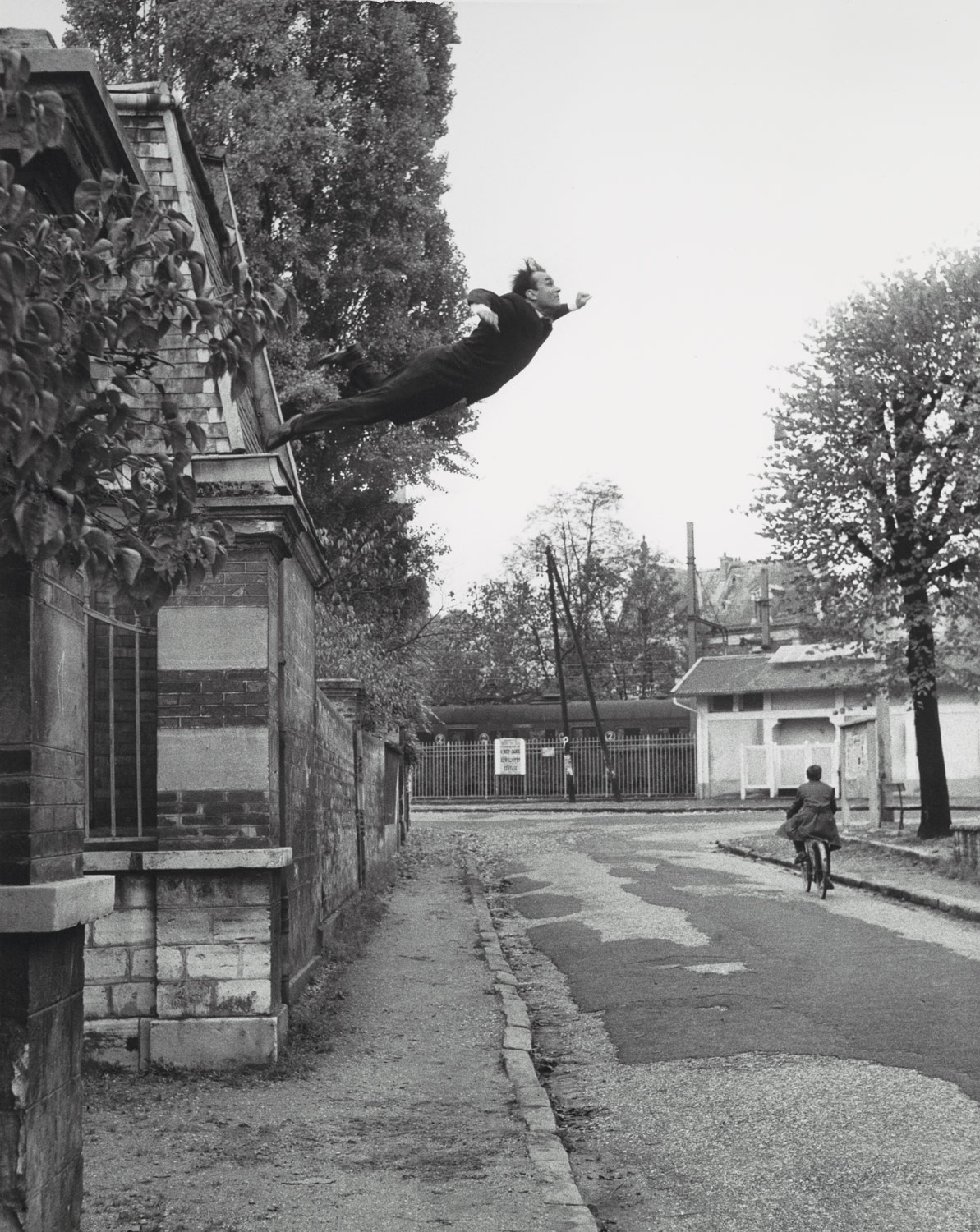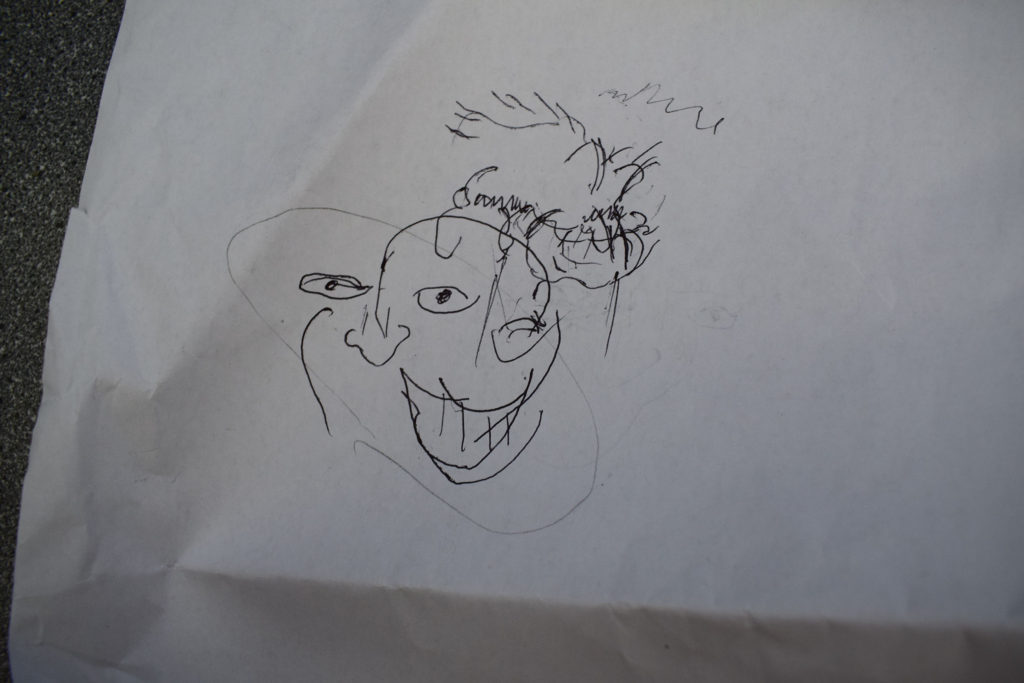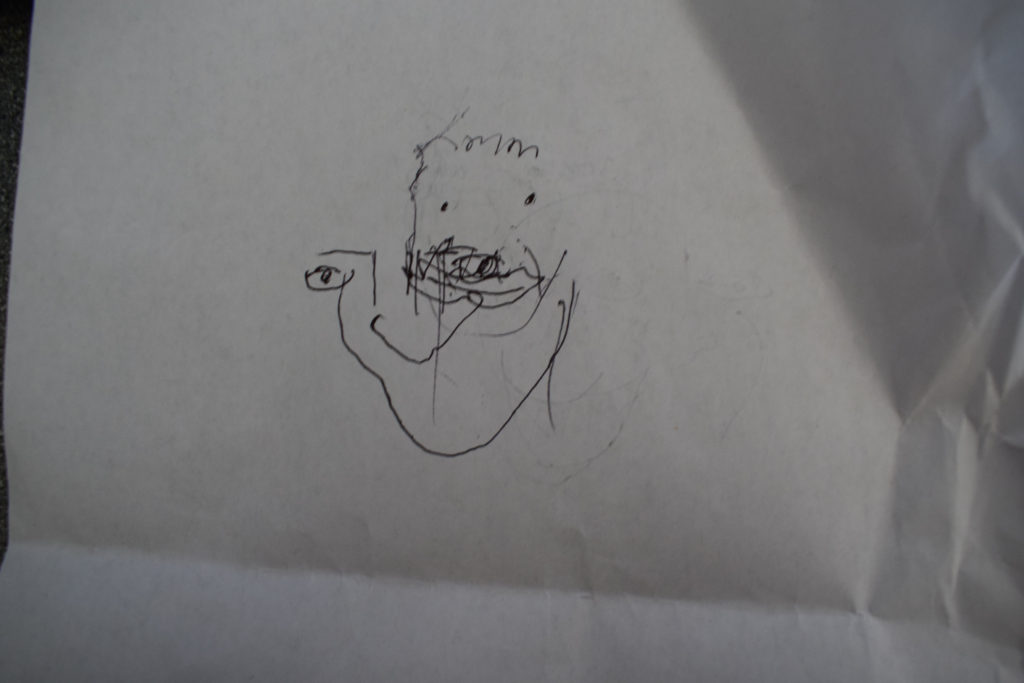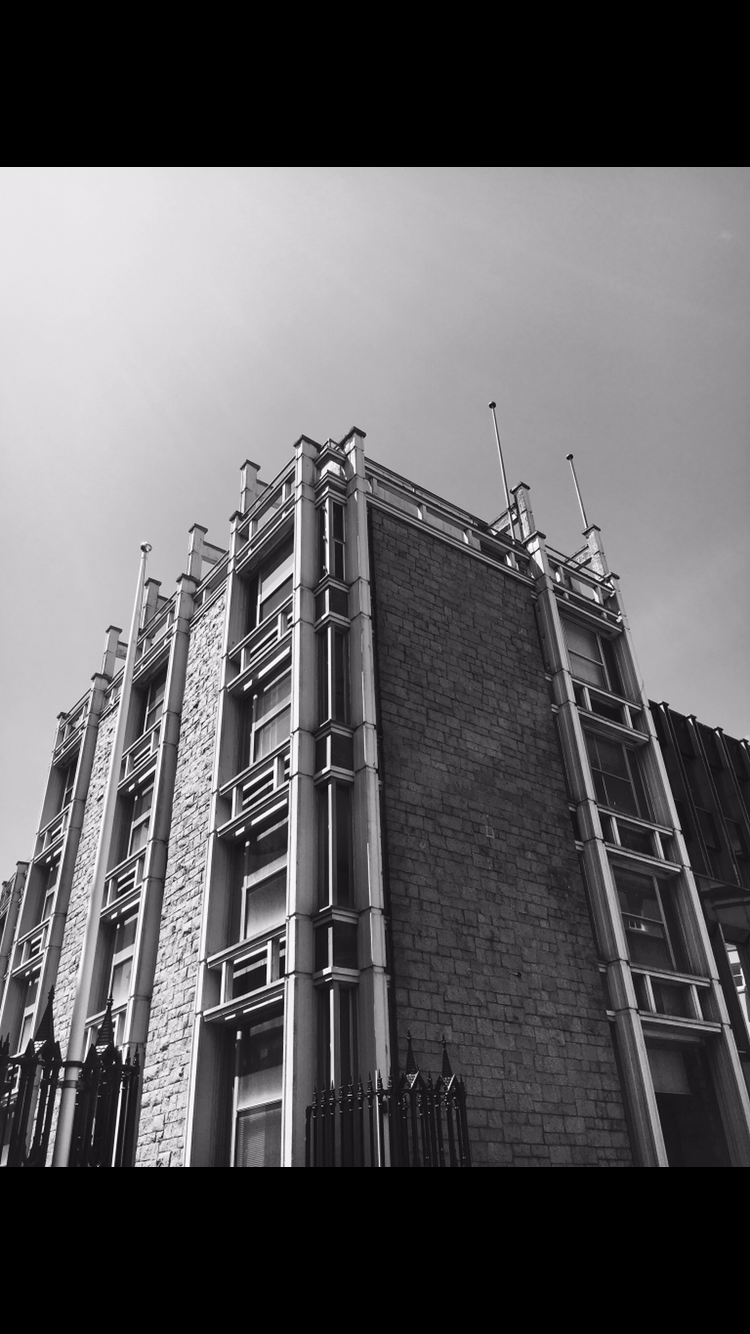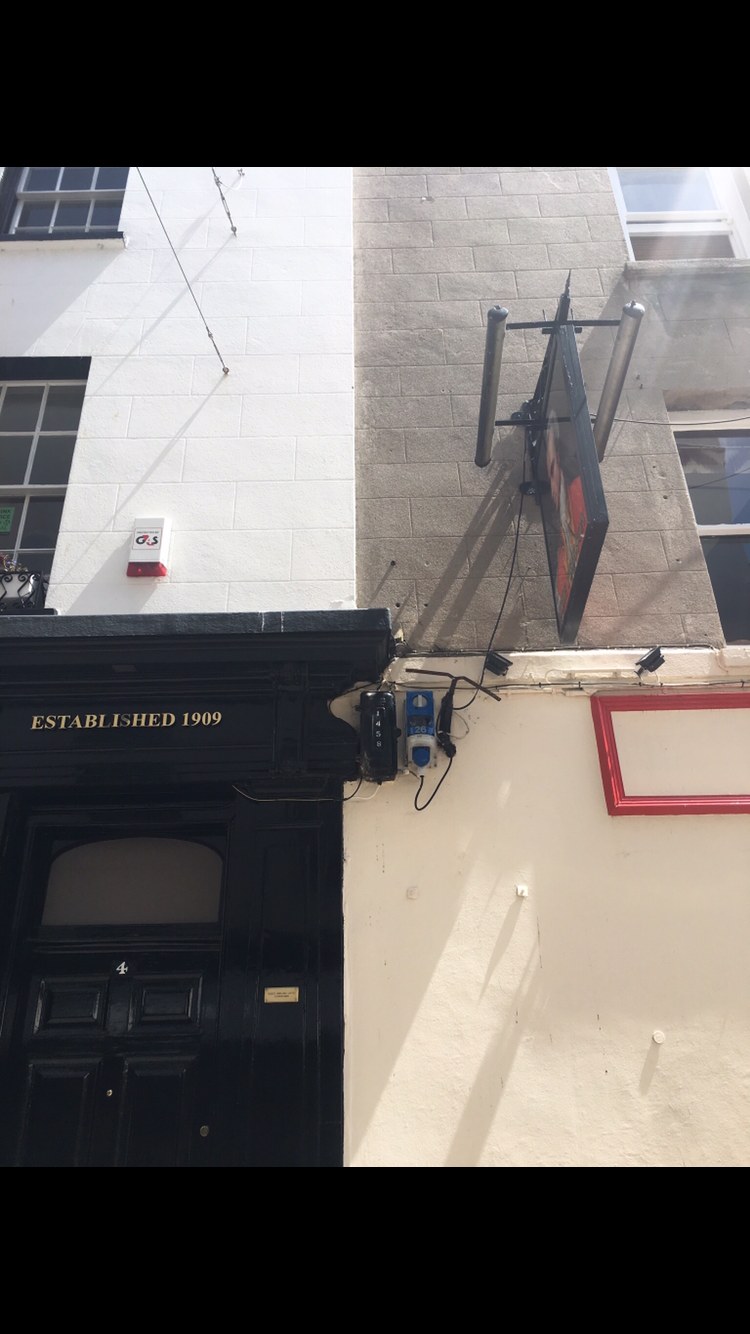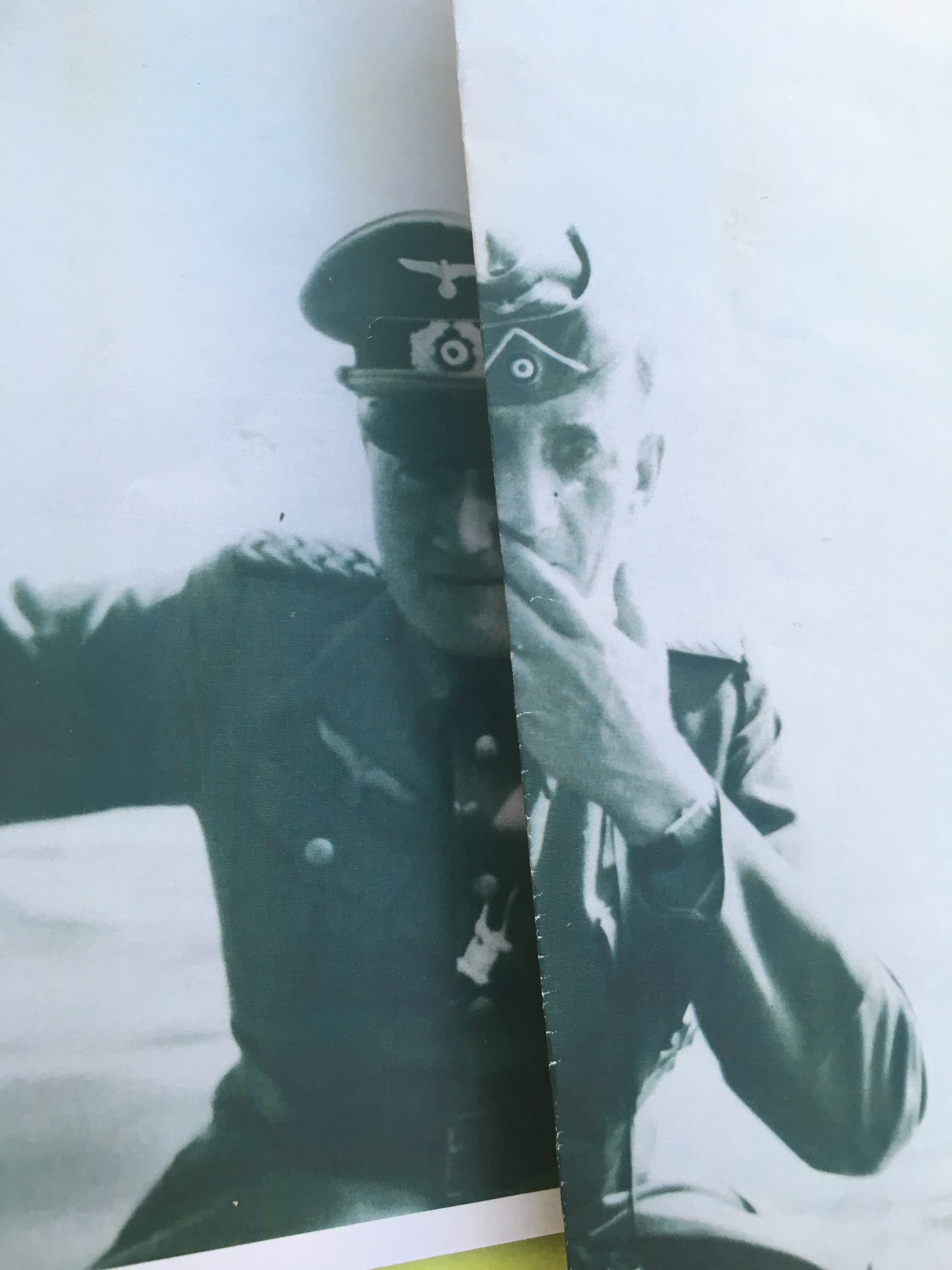Research at least two photographers from the list below in the photo-archive and choose a few photographs that illustrates the themes of Family or Environment from each
Ernest Baudoux
Ernest Baudoux (1828-1897), born in France, was a prominent and prolific photographer in Jersey from 1869 to 1887. He made his living as a portraitist, and taking pictures of islanders’ houses. He also took a large number of pictures documenting outdoor Jersey in the 1870-80s.
In 1885 he was joined in business by his son, but two years later they sold out to John Stroud, a young photographer from London, who in turn sold his business, including many of Baudoux’s glass-plate negatives, to Albert Smith.
(John Stroud) J R G Stroud bought the photography business of Baudoux and Sons, of 59 New Street, in 1888, but was only in business there for four years before he, in turn, sold out to Albert Smith, which is why such a large number of Baudoux’s photographs became part of Smith’s collection.
The Photographic Archive of La Société Jersiaise have a project under way to attempt to correctly identify who took each of the 3000-plus images in their collection attributed to Smith.
There are 1385 photographs by Baudoux available from the Société’s archive. They are mainly portraits, which was the Baudoux’s specialty. One of his portraits was retouched to hide facial blemishes and wrinkles. Baudoux also undertook photographic commissions of clients’ houses and, working with his sons, he photographed views of the island.

Baudoux was highly skilled with the wet collodion negative and carbon print processes, both of which were difficult to master but offered rewards of great quality.
The collodion process requires the photographic material to be coated, sensitized, exposed and developed within the span of about fifteen minutes. The use of the dry form was therefore mostly confined to landscape photography and other special applications where minutes-long exposure times were tolerable.
Baudoux’s images are very collectable, and frequently appear for sale on auction sites. In addition to the Societe Collection, there are two large collections of Jersey photographs and postcards in South Africa and the United States.

Baudoux’s work was of the highest quality, and many of the surviving images are in superb collection. The portraits are supreme examples of the Victorian art of photographic portraiture. They convey the fashions of the time, both in clothing and hairstyles.
Usually the subjects wore their best clothes for the portrait sessions. For the ladies in the 1870s and 80s, this meant long black dresses. The fashion for white dresses, which would be almost universally worn in public later on, did not emerge until much closer to the end of the century.
It was also common for children, and sometimes adults, to be photographed wearing fancy dress. Sailor suits were particulaly popular for boys.
Image Analysis

Image Analysis
This is an image by Ernest Baudoux entitled ‘Vibert Sisters’. It is the typical asset up of a portrait taken at the time – a setting created with a family or group of relatives positioned in front of the setting dressed up in appropriate clothing and looking at the camera. It is all very set-up and structured in comparison to Tom Pope’s very relaxed and informal photographs where you can see him flying in mid-air with blur to the photos and a very candid approach. However, this sort of art is accepted nowadays but if shown in the 18/1900’s it would be frowned upon and seen as very out of the blue – it definitely would not fit in. This sort of portraiture was very accepted in society and it was a comfortable style that everyone felt comfortable engaging in – it was safe, unlike the art today which challenges what people are used to in order for art to progress, however, Baudoux’s work was also still very pioneering at the time for future portraits and it looks as though it essentially kick-started the way studio photography began.
What is actually in the photo?
Within the photo is a group of sisters, evident form the name of the photo – something Baudoux did consistently in his work – where he would inscribe the name of the subjects onto the backs of each photo – something that made his work quite unique and almost professional – perhaps why he was so popular and why he created so many images throughout his career.
Personally, I am not drawn to this photography or this type of photography, or even archival images because I feel like they don’t encourage me to express my emotions of how I feel about them and so it hard for me to talk about this type of work. To put in bluntly, what is in this photo is a group of sisters who have positioned themselves in this way in order for Baudoux to photograph them. However, I do understand there is a message behind these images and why they are taken and how much of an impact they have on life in Jersey now. The photo is very rigid and doesn’t look relaxed whatsoever which I feel makes it rather uncomfortable to actually look – the complete opposite to Pope’s work. The clothes they wear may be worn to show their status within society and wealth because the clothes they are wearing are quite flashy. They have clearly had their hair done up for the shoot – which is what still happens nowadays – that you wish to look acceptable when having your photo taken because there is this myth that you should look at your best when you are getting your photo taken and if you don’t look reasonable, the photo will be put aside and not payed attention to – this till happens now but is a myth that I believe should be scrapped – posing is essentially unnatural and to achieve a successful photo, sometimes you have to take it when the subject is least expecting it. I understand this concept from my wedding photography.
What could it be about?
The photo doesn’t hold much meaning behind it in comparison to Tom Pope’s work because it is serves the purpose to provide a memory for the family and create an archive for them. It is not conceptual art or art that wished to break norms because artists didn’t wish to do this in the 18/1900s due to the worry of seeming disrespectful to traditional photography.
Perhaps why a couple of the women are staring away from the camera is due to the long period of time they had to hold their position for due to the time-consuming process of collodion photo processing – also why they may not be smiling in the image. With the progression of technology, we can capture clear and crisp, high quality images within a second, as well as edit them within a second and produce (print) them in a second.
Judging the photo
In terms of how good the photo is, I don’t think it is good, for how I see it and the style of photography I like to look at. I am aware that it would have been seen as a great photo at the time because of its significance and popularity to photograph in this way. However, I do not see it important to like these images from the 18/1900s because they do not save the same purpose as art in this modern day. They were there to produce a documentation of Jersey life – not to encourage others to question why the artists had photographed it and why he photographed it in a particular way.
Theorising the photo
The photo has much relevance to the history of photography due to when it was taken. Baudoux’s work was the pioneering examples of how photography has developed. He used very difficult methods of processing his images but succeeded in his work and this is why he was so successful.











